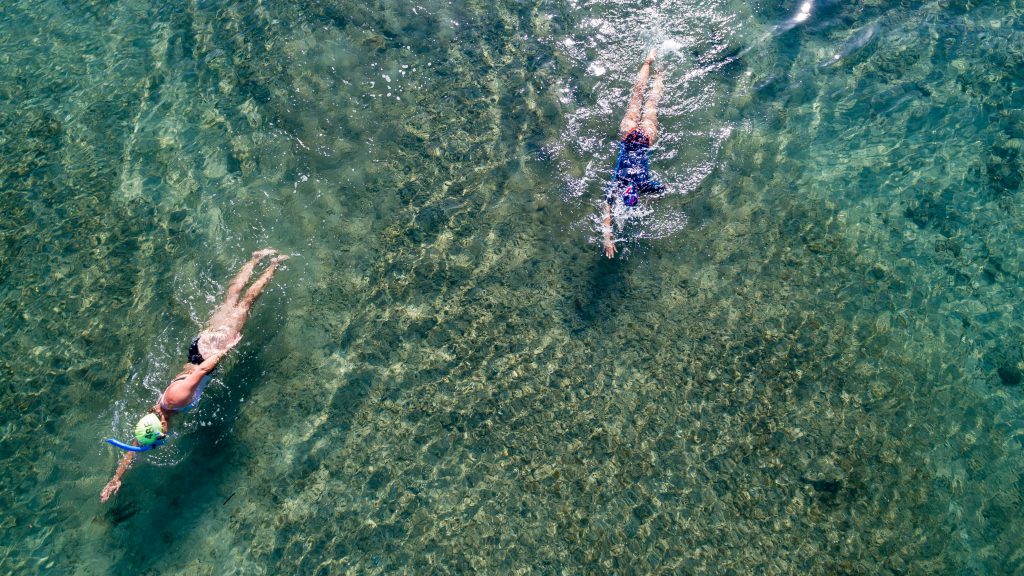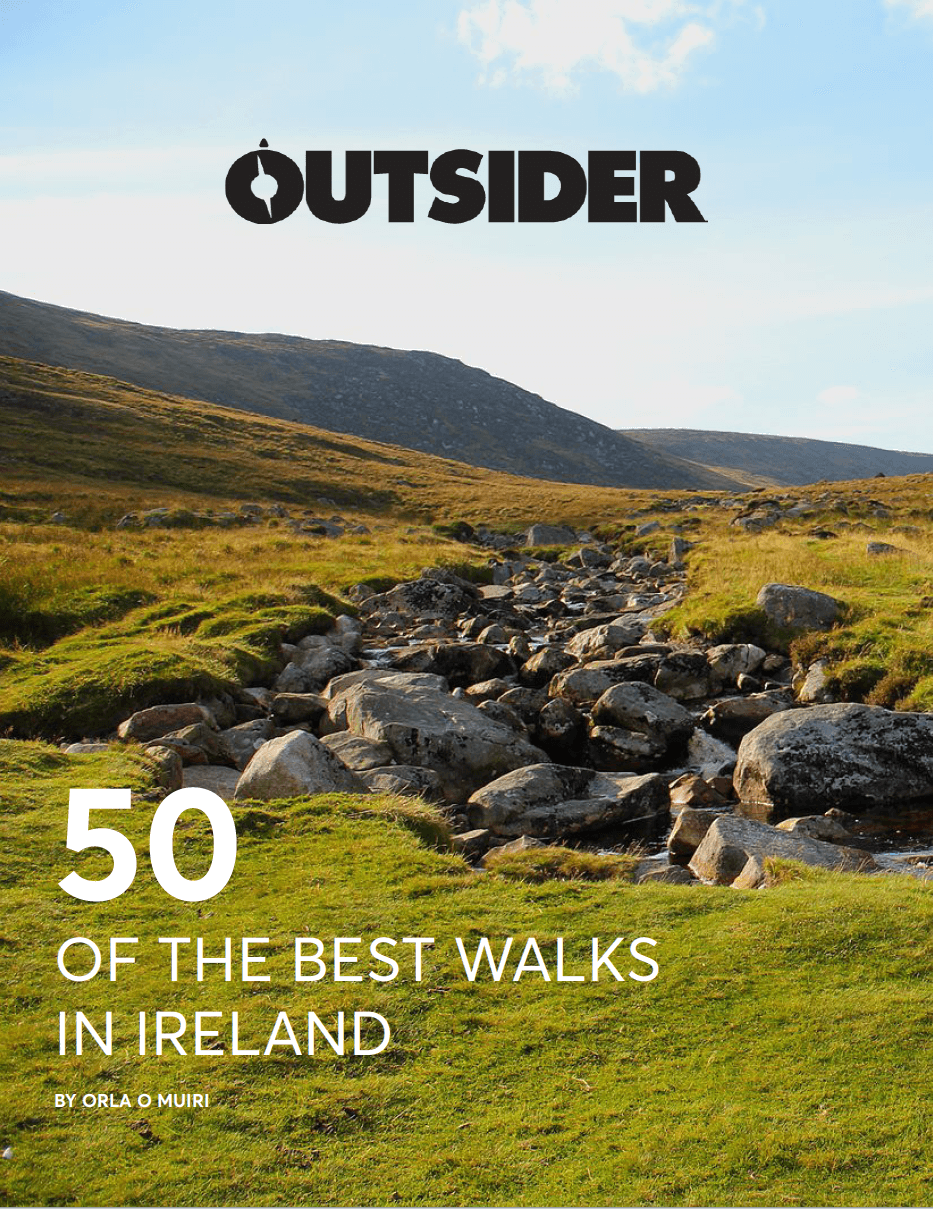If you’ve been keen to dip your toe into open water swimming but haven’t been sure where to start, then you’re in the perfect place.
Open water swimming covers everything from swimming in rivers, lakes, ponds, and the ocean itself. It’s a far cry from the controlled environment of the local leisure centre, there is no chlorine, lanes, and no end to push off from. Instead, you’ll be able to explore the water in its natural form, going further and deeper than before. Open water swimming is a great way to build fitness, escape from daily life and explore the beauty of Ireland, all at the same time.

1. Prepare
Open water swimming isn’t for beginners. You should be a confident swimmer before diving in. You’ll have currents, tides, and cold temperatures to deal with in open water so you’ll need to be in good condition to deal with them. Open water swimming also takes in much greater distances than the pool, and you won’t have somewhere to rest every 25 or 50 metres either. Build up your range in the pool before heading out to sea and always try to be comfortable swimming further than you may need to.
2. Acclimatise
Now that you’re out of the comfort of the heated indoor pool you’re going to have to be ready for life to get a bit colder. The Atlantic Ocean off Ireland’s West and South coasts only gets into double figures a couple of months a year. With that in mind, you’re going to need to need to prepare yourself physically and mentally for the cold. To help with this you will most likely need a wetsuit, a good suit will also help with buoyancy while keeping you warm.
3. Know your stroke
Most swimmers use front crawl in the open water as it is the fastest and most powerful stroke. However, it is the most energy intensive, especially if your form is inefficient. Another thing to consider is that choppy water can make breathing to the side more difficult, practice turning your head to the left and the right. Make sure you’re confident with at least one other stroke which you can switch to, to save energy – breast stroke is the best option here.
4. Pace yourself
Pick a steady rhythm and stick to it. Don’t be disappointed if you can’t immediately match your pool pace, the currents will take their toll on your speed. Don’t head off too fast and blow yourself out within the first 500m, you’ll only find yourself tired and further from dry land – this can be especially risky out at sea as you have to battle against the tides.
5. Take Precautions but don’t be afraid
Away from the clean, chlorine-treated pool, you may find some other things in the water! Don’t be perturbed when your feet or hands touch weeds or other detritus in the sea, by and large, they won’t do you any harm, however, do take precautions. Wear goggles to take care of your eyes and try to swallow as little water as possible.
6. Sighting
Where you’ll be swimming there won’t be a black line on the bottom to follow to keep you on track. If you’re not careful you’ll end up zig-zagging left to right in a bid to get anywhere and taking twice as much time and energy to do so. Swimming in a straight line isn’t easy to do given you will likely be stronger on your left or right side. To counter this, practice what is known as ‘sighting’, every few strokes grabbing a sneak of your line. When out at sea or large lakes use your surroundings to triangulate your position and keep a track of where you in relation to dry land.
7. Find People to swim with
There are plenty of Open Water Swimming groups around Ireland and it’s a great idea to sign up. Not only is there safety in numbers but you’ll be able to learn from more experienced members. It’s also a great way to find out about the best areas to swim and it’s a good way into competitive events if that’s of interest.
Check out our Hard as Nails podcast:










